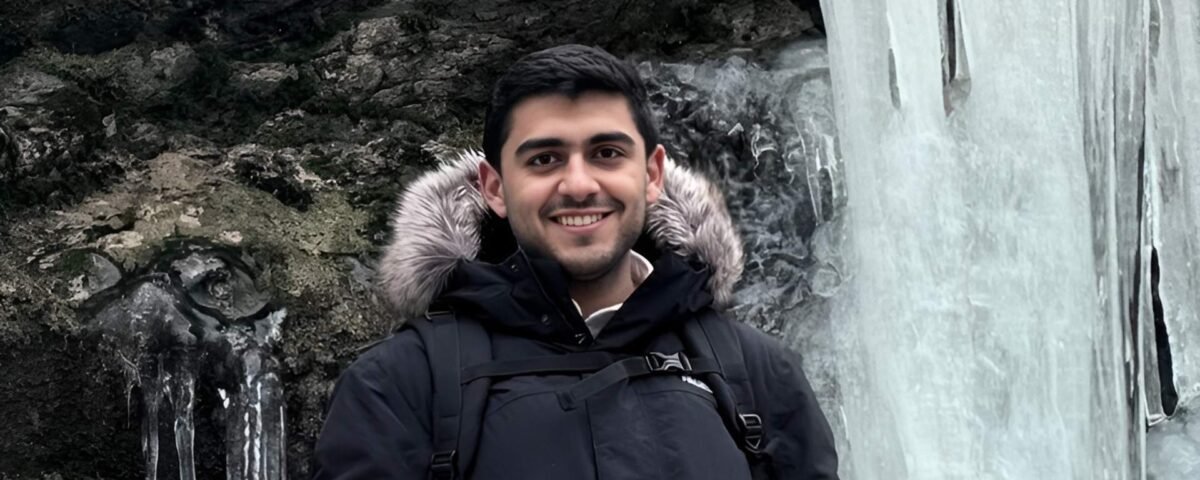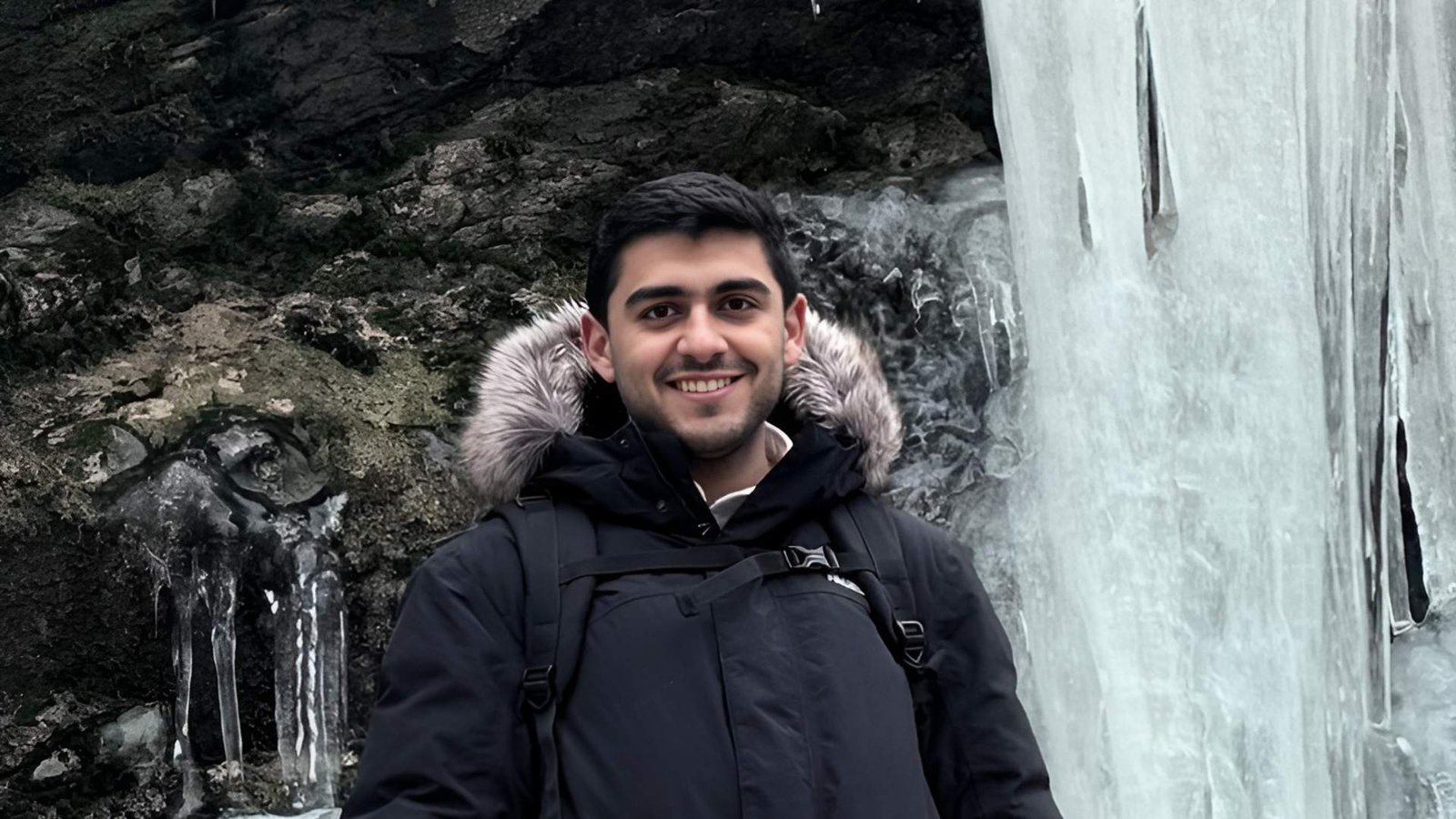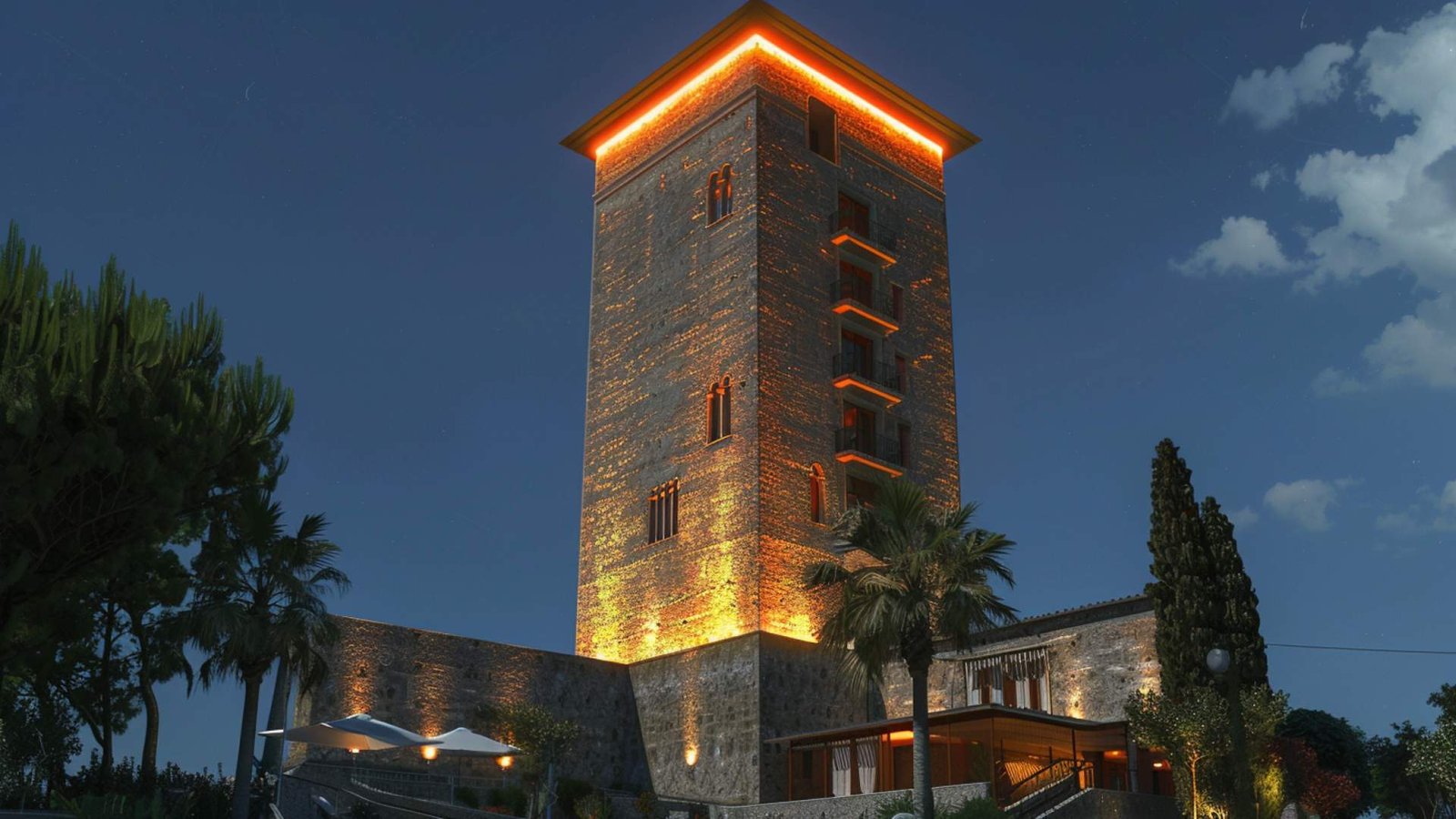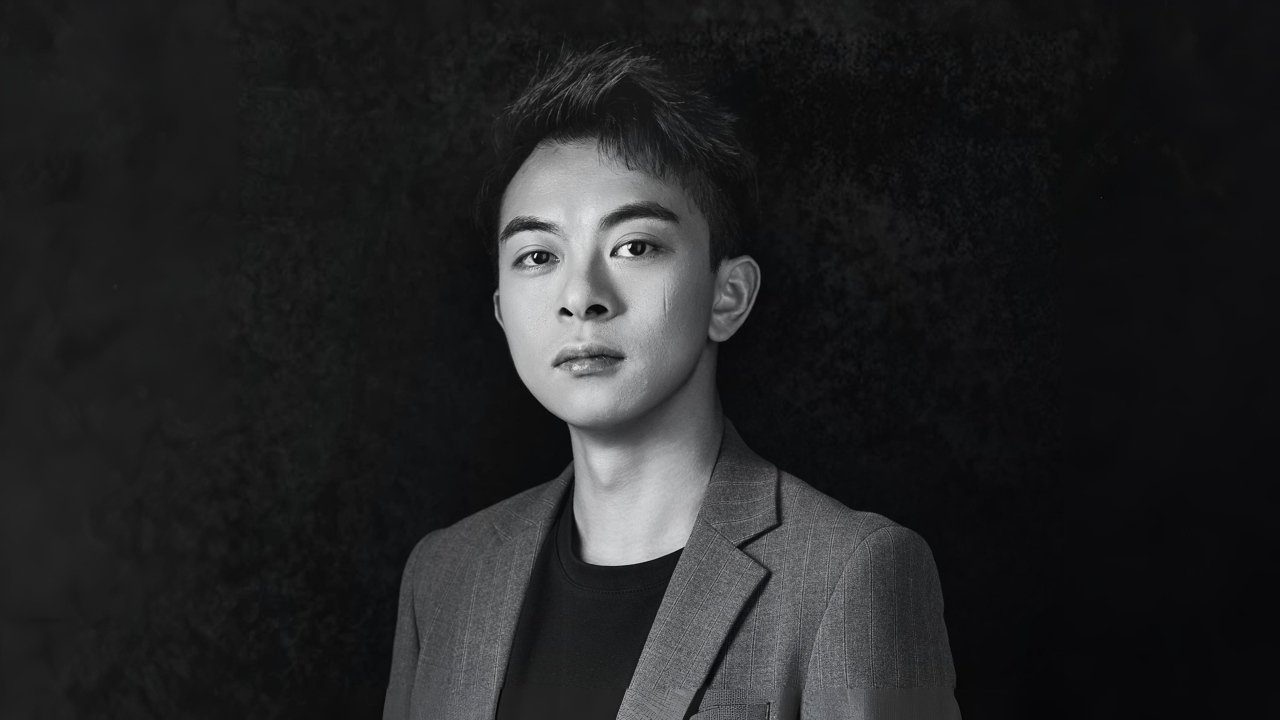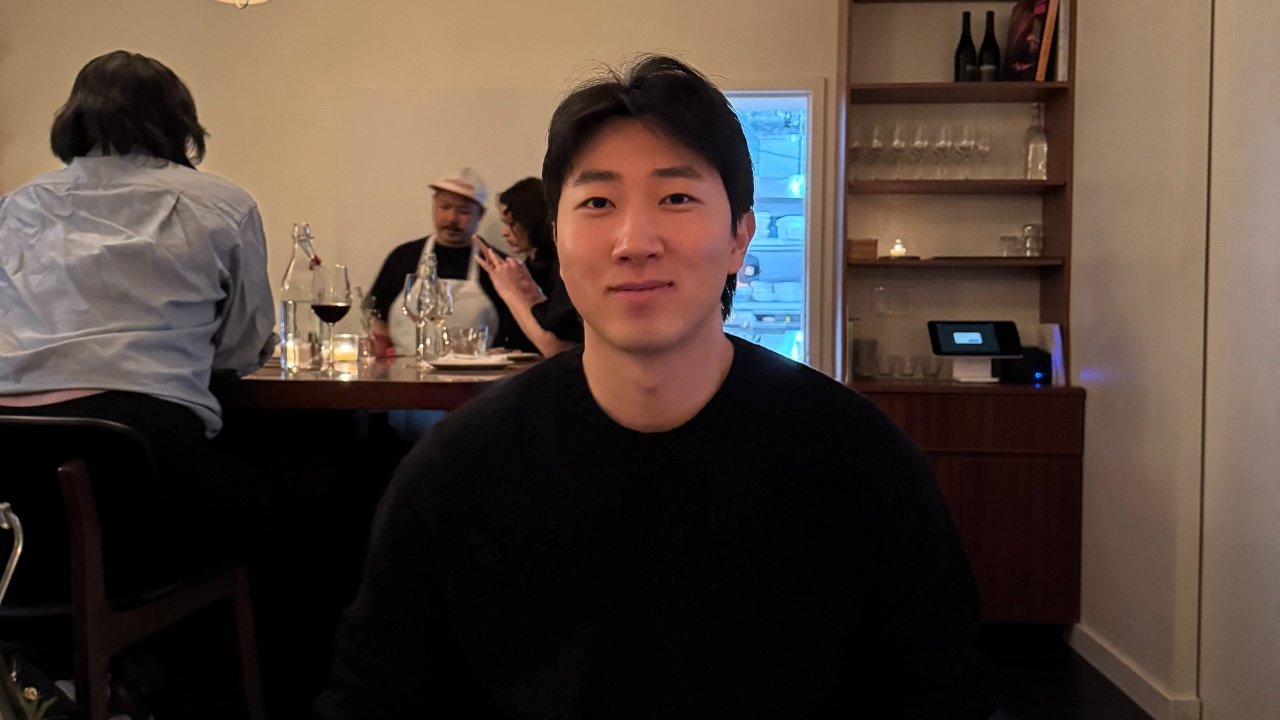
Shuoqi Xiong Reimagines Sustainable Living with Trunk Cabin
June 24, 2025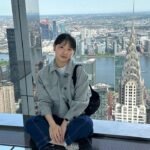
Crafting Atmospheres: The Narrative-Driven Practice of Ruohong Wu
June 25, 2025Avinash Chaudhary
Avinash Chaudhary is an architectural lighting designer with a background in electrical engineering, known for creating emotionally intelligent lighting that bridges precision and poetics. His practice focuses on context-driven, sustainable designs that allow architecture to speak through light, especially in heritage and hospitality projects.
Thank you! The inspiration to submit Borgo di Farfa came from a deep belief that light is not just a tool of visibility, but a medium of memory, atmosphere, and cultural storytelling — especially in heritage contexts.
This project, set in a centuries-old hermetical village in Italy, was an opportunity to use lighting as a way to reveal architectural character while honoring spiritual and historical layers. We worked with extreme sensitivity — every color temperature, angle, and intensity was chosen not just for technical performance, but to support a narrative: from warm, communal thresholds to cool, sacred thresholds at the abbey.
I felt that the NY Architectural Design Awards — known for recognizing innovation and multidisciplinary integration — would appreciate the balance we struck between emotional storytelling, historical preservation, and modern lighting technology. Submitting this project was a way to celebrate the power of design in quiet, culturally meaningful spaces, where light becomes the voice of place.
The defining concept behind the Borgo di Farfa lighting design was a symbolic journey through light — using color temperature and spatial rhythm to guide visitors from the everyday world into a sacred, introspective experience.
We envisioned the village as a narrative sequence, where lighting becomes a form of spatial storytelling. At the entrance, we used warm, amber-toned light to evoke community, welcome, and the rhythm of daily life. As one moves deeper toward the Abbey of Farfa, the light gradually shifts to cooler, purer tones, symbolizing clarity, contemplation, and spirituality.
Technically, the design emphasized non-intrusive integration, using discreet fixtures and precision optics to reveal textures, enhance depth, and respect the site's historic integrity. Catenary systems and recessed uplights were chosen not just for aesthetics, but to echo traditional village lighting typologies in a contemporary way.
Overall, the vision was to amplify the identity of Farfa through light — not to overpower it — and to create a nocturnal atmosphere that feels timeless, respectful, and emotionally resonant.
Absolutely. My journey into architecture — and eventually into architectural lighting design — began with a fascination for how spaces make us feel, not just how they look. Early on, I was drawn to environments that left a lasting emotional impact: sacred spaces, old cities lit by sodium lamps, even infrastructure with a quiet sense of order and rhythm.
I trained as an electrical engineer, which gave me a strong foundation in systems, performance, and technical rigor. But over time, I found myself gravitating toward the expressive side of design — how light could transform space, evoke emotion, and bridge the technical with the poetic.
That led me to specialize in architectural lighting design, where I could combine engineering knowledge with a creative approach to form, heritage, and human experience. Projects like Borgo di Farfa reaffirmed why I chose this path: it’s a field where light becomes architecture’s voice after dark — subtle, symbolic, and powerful.
The core mission of my practice is to create emotionally intelligent lighting — design that is not only technically precise, but also deeply responsive to context, culture, and human experience.
Whether working on heritage villages, hospitality spaces, or large-scale infrastructure, the goal is always the same: to use light as a tool of meaning. I aim to enhance architecture without overpowering it, to reveal stories embedded in materials and spaces, and to design environments that feel intuitive, respectful, and alive after dark.
At the intersection of engineering and design, my studio focuses on context-driven, sustainable, and quietly expressive lighting solutions.
Yes, one of the most unexpected challenges during the Borgo di Farfa project was balancing the technical requirements of contemporary lighting with the sensitive historical context of the site. Working within a protected heritage village meant that every intervention had to be minimally invasive, reversible, and fully respectful of the original architecture.
We faced constraints in terms of mounting options, wiring paths, and fixture visibility — especially on the stone façades and around the abbey. In many cases, we had to redesign the lighting layout multiple times to meet conservation standards while still achieving our desired visual effect.
Another challenge was preserving the atmosphere of the village at night. It was important to avoid over-illumination or anything too theatrical. We had to constantly ask ourselves: What does this space need to say after dark, and how can light help it whisper — not shout?
Ultimately, these limitations shaped the project in a very positive way. They pushed us to be more precise, creative, and intentional. We focused on layering light subtly, using color temperature as a narrative device, and hiding fixtures within the architecture. In the end, the constraints led to a more refined and respectful design, one that lets the village speak for itself.
Winning Entry
Il Borgo Di Farfa| 2025 NY Architectural Design Awards
The lighting design concept for Il Borgo di Farfa aims to respectfully enhance the historic medieval village’s nighttime identity. Located near Rome, the site is renowned for its religious significance, rich history, and authentic architecture. The design intention is to create an... (read more here)
Avinash Chaudhary
Avinash Chaudhary is an architectural lighting designer with a background in electrical engineering, known for creating emotionally intelligent lighting that bridges precision and poetics. His practice focuses on context-driven, sustainable designs

